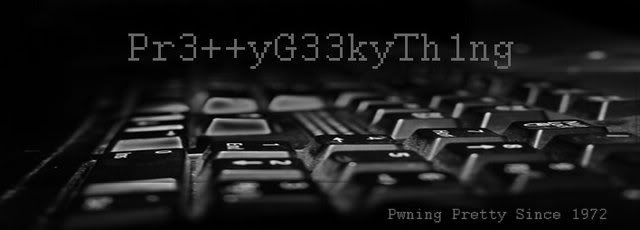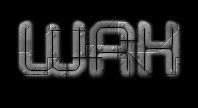I hate printers.
This is an expected side effect of my job. You see, I support an architecture where users access programs running on servers and print from those server-installed programs to their desktop-installed printers. When it works, it is awesome. When it doesn't, it is a massive pain almost impossible to troubleshoot because of the sheer number of things that could go wrong.
Since my "Paperless Office" initiative died a slow death on the desk of an Administrative Assistant, I have no choice but bravely move forward.
Back in the day, printers were less computers and more machines. There was a steel drum which (on low-speed printers) turned at 2400 RPM wrapped in a ribbon which turned at about two thirds that speed.
As the print job ran, the ribbon would slip across the surface of this drum, staying between it and the striker. Over time, the ribbon would invariably bunch towards one side, generating paper dust and friction and eventually causing paper jams.
The standard process included cleaning the whole thing with de-natured alcohol and re-installing the ribbon. You can see why so few of these beastly devices survived to make it to the computing museum. One missed cleaning or overzealous print job before the cleaning solution dried and . . . In some cases people were left with an office-less office.
The point of this story is this:
Even today, it seems that switching the setting for Printer Error Reporting to "Classic Mode" generates a standard, system-wide error for everything from "low color cartridge" to "paper tray #3 requires legal size paper." And that error is, quite frighteningly, "PRINTER ON FIRE".
"PRINTER ON FIRE" is way more frightening to management than "PC LOAD LETTER."
"PRINTER ON FIRE" generates way more questions from management than "Printer Drivers Failed to Initialize at Run Time" or "Blue Ink Low."
"PRINTER ON FIRE" causes phone calls, and my "Phone-Free Office" initiative has failed to catch on even as well as the whole paperless office thing.
Subscribe to:
Post Comments (Atom)







No comments:
Post a Comment